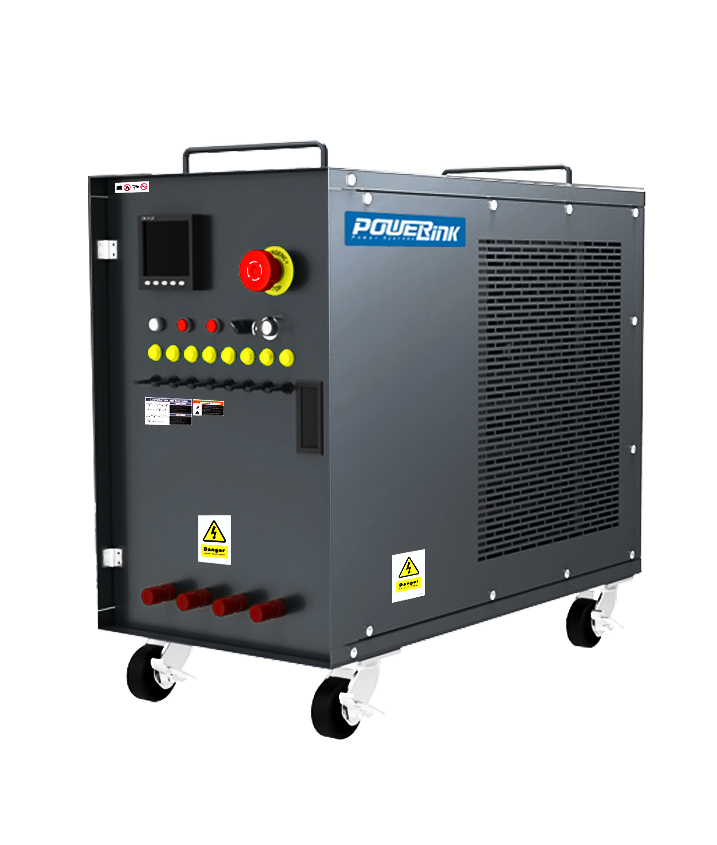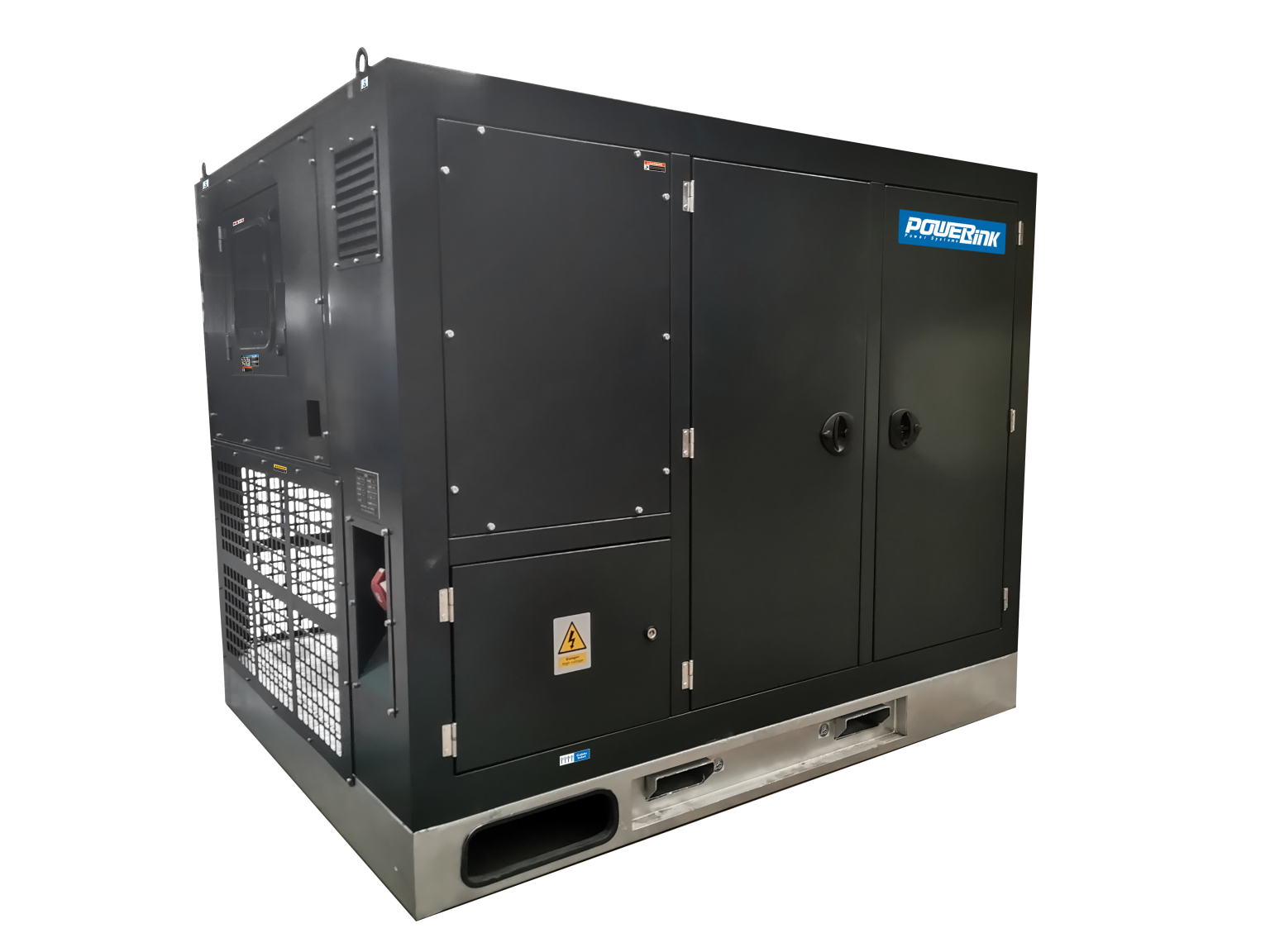In the absence of a load bank, some data centers run their generators for extended periods to ensure that the generator will operate correctly when needed. While this will accomplish the basic goal of verifying whether or not a generator works, it does not accurately mimic conditions of real-world power outages. The better option is testing with a load bank.
Increase Testing Capacity
Network load banks are the best way to increase testing capacity. Testing one device at a time can take days, but by using a network load bank, you can test multiple devices simultaneously, increasing your lab’s throughput.
For example, if you have six pieces of equipment that you want to test in parallel with each other, and they all need the same voltage and current levels, the network load bank will be able to provide them all with those values by using multiple power supplies. This allows you to get several tests done simultaneously without having to wait for each piece of equipment individually.
Raise Capacity in Areas With Restricted Access
If you have access to a load bank, you can use it to simulate the capacity of your system even when access is limited. For example, if you’re working on a project that requires testing your equipment in an area with restricted access, using a load bank will allow you to test from anywhere.
Another reason why load banks are useful in these situations is that they don’t require much space or maintenance and are easy to transport. For example, if your company needs to move equipment around frequently or work in areas where there isn’t enough room for large generators and other power sources, then using load banks could save money on fuel costs while also decreasing environmental impact by reducing emissions from traditional generators.

Enables Proactive Maintenance
Network load banks are a great asset to any maintenance program and can help you get more out of your current maintenance program. Load banks can provide data on how your equipment is performing, which will aid in making proactive decisions on how to best maintain it. This means that you could find problems before they happen or, even worse, get caught with no power when the plant needs it most.
Streamline Longer Testing Durations
Long-term testing of the power grid is extremely important to ensure that everything is working properly. Because of this, there are many scenarios in which you may need to test for longer periods of time than what a load bank can normally do. You can use an industrial network load bank to help you do this in several ways:
- Repeatedly applying a small amount of load over time (such as 200 amps for 10 minutes) will allow you to keep power flowing through your system even when larger loads aren’t needed.
- Putting on an even distribution of maximum current (such as 50 amps) will provide even wear across all components and increase their lifespan by reducing stress on individual parts.
Prevent carbon buildup
This is the most important aspect of maintaining your load bank. If you don’t regularly change the oil in your car, the engine will eventually fail. The same goes for load banks – if you don’t clean them out, they will cease to function properly and can even be dangerous. Carbon buildup is one of the biggest reasons why load banks fail today. As mentioned above, as a system like this absorbs more energy, it gets hotter and hotter until something gives way: either internal components break down, or an external part catches fire! To prevent this from happening, we recommend servicing your load bank every six months in order to remove any built-up carbon deposits that could cause issues down the road.
Conclusion
The benefits of networking load banks make them a great investment for most data centers. They provide better information about the overall performance and health of your facility’s power system by combining data from all of your load banks into one place. Not only does this save time, but it also means that you can see how each unit contributes to overall energy efficiency and uptime across multiple locations at once!

